Thoughtfully Selected Survival Kit: Stayin’ Alive
I am not necessarily a prepper. I’d just rather not get caught with my pants down in the wrong situation. I can recall a number of years ago when Virginia was hit by an unbelievable snowstorm. I was in college at the time, trying to get back to the house I was renting with some friends. Two of my buddies and I were packed into a BMW and absolutely stuck in blizzard conditions. We pushed that car about 12 miles, and were stuck in very dangerous straits for hours. Should one of us have been struck by one of the myriad ice-skating vehicles, become stuck, or encountered any number of other perilous situations, we would have been glad to have a Life Bag. This pack contains tons of useful kit that you might not have thought to run around and purchase on your own.
There’s an element of convenience that plays into choosing to purchase a Life Bag rather than pack your own. The fact is that not everyone is a gear nut, and for lots of folks, just being able to order a do-all survival kit saves time, and potentially money. We decided to go with the absolute cadillac of Life Bag’s offerings, the Level III up-everything “if you die it’s your own fault” pack.
You Have to Carry Stuff: 511 RUSH12 Backpack
This backpack is constructed of water-resistant 1050D Nylon, boasts a 24 liter total capacity, and houses 16 individual compartments of various sizes. It has MOLLE webbing and common sense features like a hydration pocket, zippers that go almost all the way around each pocket for easy packing, and a sternum strap. It’s a well designed and comfortable pack with so much room that the never-ending Life Bag kit still doesn’t fill it up all the way.
The RUSH12 really shines in the organization department. The admin panel on the inside of the outermost pocket features lots of smaller compartments that allow the user to really personalize what goes where. One of the key elements of a survival pack is knowing where everything is. We suggest including a visual breakdown of the pack and your kit on a notecard and making it readily accessible in case you forget. The RUSH12 features large webbed compartments that work well as first aid or calorie pouches, while tough outer compartments might house gear that you might need to access quickly or frequently.
My only complaint about this bag is that 511 didn’t include a really good place to store a firearm. Adding hook and loop material to the inside of one of the pockets would add a degree of modularity that might come in handy regarding the addition of a holster and some mag pouches, but we’ll get into alternatives in the next installment of this review. Note that the 511 pack comes at an additional cost.
How Not to Die: Food & Water
You don’t need bushcraft or urban survival skills to eat and drink. Life Bag has included one 18oz, 2400 calorie, lemon-vanilla flavored brick of… stuff. It’s a mixture of food-simulator that’s specially formulated for survival situations, including an optimal mix of carbs, protein, fats, and vitamins. In fact, the ERBar was formulated to meet specifications set forth by DHS and the Coast Guard. If you can’t wait to try yours, you can always order four more from Amazon for $24. It’s very dense and vacuum sealed, so it’s already perfect for packing: no wasted space here. Each package contains six individual servings of 410 calorie foodbricks, which are free from common allergens like nuts. With a shelf life of 5 years, this seems like a solid choice for a get-home or short term survival pack. The Life Bag also came with a morale pack that included a few useful items, mainly caffeine, carbs, and sugar. The baggie contains coffee, sugar, creamer, hot chocolate powder, oatmeal, soup, and gum. While food is important, hydration is paramount. Life Bag also threw in a mess kit with a canteen cup and spork so you don’t have to eat like a savage.
The hydration kit is fairly solid, and given the extra space in the RUSH12, you’ll certainly be able to carry more water than was included. The bag came with three 125ml emergency drinking water pouches, which you may want to protect in a hardened case. They seem easily punctured, despite their thick packets. These pouches are purified and free of bacteria, and can withstand temperatures as low as 40 degrees or as high as 230 degrees Fahrenheit. When you run out of these, you can employ the water purification straw. The Auqamira straw included can filter up to 30 gallons of water, making it potable directly from the source. I’m disappointed that Life Bag didn’t include a Life Straw, because although it’s around $13 more expensive than the $7 Aquamira, it can filter ten times as much life-giving H20 in a single use. The final and least convenient way to purify water that’s included in the pack is a vial of 50 water purification tablets. One tablet only purifies two cups of water though, so the entire vial will only purify 25 quarts. The user will also need to wait 35 minutes for the tablets to work their science before imbibing.
Presents from Prometheus: Fire
Fire is great for all kinds of things: warmth, signaling, delicious charred wildlife, or even sharpening agent. Note: fire removes oils from wood that make it flexible, and it’s a great tool to put a fine (yet brittle) tip on a primitive arrow. The Fire Kit Level II includes cotton balls, a lighter, a magnesium bar, waterproof matches, aluminum foil, 4 candles, and 4 fuel cubes. You may want to find a waterproof container for these items, as they are contained in a rather flimsy resealable sandwich bag. These tools are more than enough for just about anyone who needs to build a little fire. Like most elements of the Life Bag, you’ll need to do a tiny bit of legwork yourself- even just sticking this little bag inside some other waterproof container will do a world of good.
You’re Not a Doctor: Medical
The Life Bag comes equipped with medical supplies that can get you through most minor injuries. Their BRK (body repair kit) was designed by a US Army Medic, although it seems pretty common sense to me. It looks to be designed mainly to treat scrapes, bleeders and burns. The kit includes a tape roll, 25 sterile pads, 10 alcohol wipes, antibiotic ointment (bacitracin), gloves, and tweezers. Since the Level III pack compounds Life Bag components, it also includes the BRK Advanced. This gets you trauma shears, quick clot, a CPR mask, and two more pairs of gloves. The addition of quick clot seems to up the ante a bit, allowing you to stop bleeding faster than just applying pressure to a wound. The active ingredient, Kaolin, is a hemostatic substance (meaning that it jumpstarts the clotting process). There are no known adverse allergic reactions to Kaolin. This is all great, but totally ineffective in the hands of someone who doesn’t have some knowledge of basic field medicine.
This is a good point to pause and mention that just like anything, having the right gear is good- but knowing how to use it is essential. Just because you bought an FDE Glock 19 and put a ZevTech trigger in it does not mean that you can go toe to toe with a SEAL in the shoot house. The same principle applies here. I suggest that you read up on field medicine, and take a course or two to at least become CPR certified. There are plenty of awesome survival schools, fire departments, etc. that will be more than happy to train you up- for a fee, of course.
Here, Kitty: Survival Kit
This is where Life Bag really ramped things up. This kit has a lot: a compass, a whistle with compasses on it, gloves, space blanket, poncho, hand warmers, flashlight, chem lights, 50 feet of 550 paracord, 4 dust masks, a signal mirror, a pen, a notebook, AAA batteries, garbage bags, and fishing kit containing 750 yards of line, a pack of sinkers and 10 bobbers. There’s plenty of useful stuff in there for a number of different scenarios. If you’re using this as a wilderness bag, there’s plenty of room to add food and clothes. If you’re packing it in your car (depending on where you live), you can probably remove items like the fishing kit. The cool thing about the Life Bag is that it’s a sack full of survival tools- it’s on the individual user to repack it and customize it to their own specific needs. One addition that I liked was a bandana that has some survival instructions on it. This led me to think that it’s probably a good idea to get a few books or guides to add to the bag because if you’re not Survivorman there’s plenty you haven’t yet learned or committed to memory.
We All Love Tech: Tools
The Life Bag contains a head lamp, and may I just take a second to highly, highly recommend a head lamp for your general life needs. They’re great for camping, power outages, and just about anything you’ll be doing in the dark. Freeing up your hands is seriously valuable in most low light activities. The folding knife and multi tool are Bear Grylls brand / Gerber. I have to admit, I sort of regret upgrading these options because there are plenty of much better pieces on the market. I already own a multi tool and plenty of knives that will likely stand up to a lot more abuse than this stuff will. For one, the folding knife comes with a hollow grind, which is the weakest of all sharpening methods. Secondly, they’re just not hard use tools by most standards. My recommendation is to avoid this “upgrade” and invest in a decent fixed blade and a decent multi tool. Remember that the Life Bag is a convenient way to get everything you need, and these items would likely get you through any immediate use of the bag for a three days or so. My intention here is just to point out that this may be one area that you should consider doing a bit of the leg work yourself.
The Life Bag also comes with 10 yards of duct tape, a crank radio (that can charge USB), a metal hangar (wet clothes suck), and four zip ties. There’s also a commando saw, which is an awesome tool. Essentially, it’s a length of barbed or serrated wire with handles on either end that you can use to easily fell a small tree, or break up wood with. These items are well considered, and fit perfectly into most survival scenarios.
Brush Your Teeth: Comfort & Hygiene
Staying clean is important, even in a survival situation. Keeping your body free from unnecessary harmful agents and bacteria is a good idea. Little things like headaches and nausea can also break down your constitution and mental fortitude, so combating aches, pains, and gastrointestinal turbulence are also in your best interest. To these ends, the folks at Life Bag have included a toothbrush, toothpaste, tissues, wet wipes, pink bismuth (Pepto), diphenhydramine (Benadryl), Aspirin, dimenhydrinate (for motion sickness and nausea), lip balm, sun block, and band aids.
Other items in this portion of the kit include a scissors, 50 yards of thread, buttons, needles, safety pins, straight pins, snaps, a needle threader, a thimble, glue, and a sewing kit. Basically, this is the clothing repairs section of the kit. In a bad, bad, bind, you might be able to sew stitches with the included materials.
Red Hatchet Says…
If you don’t feel like purchasing all of these items from various stores, driving around, paying shipping and handling to multiple vendors, etc- Life Bag is for you. It’s a well packed, well thought out, and reasonably priced product that’s great to have in your car, your home, or your tent. It’s important that you understand that you’ll need to do some thinking and some repacking, though. Survival is much like anything else- those who are best prepared and trained are the most successful. Getting familiar with your pack, reading up on survival techniques (and actually testing some of them) and staying in shape are all key elements of preparedness. There are a few items that we thought should have been included in the kit, but can easily be picked up.
- A Survival/Emergency Tent – Although you could conceivably rig one with the items in the kit, a $10 piece of waterproof cover could prove valuable by keeping you warm and dry, depending on your environment.
- Collapsible Lantern – The flashlight is solid, but throwing light in all directions can be very useful when making camp or taking a rest.
- Insect Repellant – This item speaks for itself. Being lost in the woods is bad enough without bugs eating you alive. This item is also somewhat location related.
- Travel Toilet Paper – Hygiene, folks.
- A solid note pad and writing utensils – Life Bag’s notebook was just too flimsy to be considered very useful. Go get yourself some Field Notes or other sturdy booklet.
- MAPS – This one is on you. Get maps of your area and learn how to read them. If you get topographic maps and take a quick orienteering course, you get bonus points.
Most of these are low cost and simple additions. We assume that the folks over at Life Bag had about a carload of other things they wanted to include in these kits, but chose not to in order to keep the bags affordable. These are just a few of our humble suggestions. I’d also like to say that we had some specific shipping instructions that apparently fell through the cracks one way or another, so I shot Life Bag an email. Not only did they correct the issue, but they called me personally to apologize, chat, and ensure that we received the product. On a Sunday. These are stand up folks putting out a solid product, which is why we’ll be highlighting them as part of our VOSB series- keep your eyes peeled!
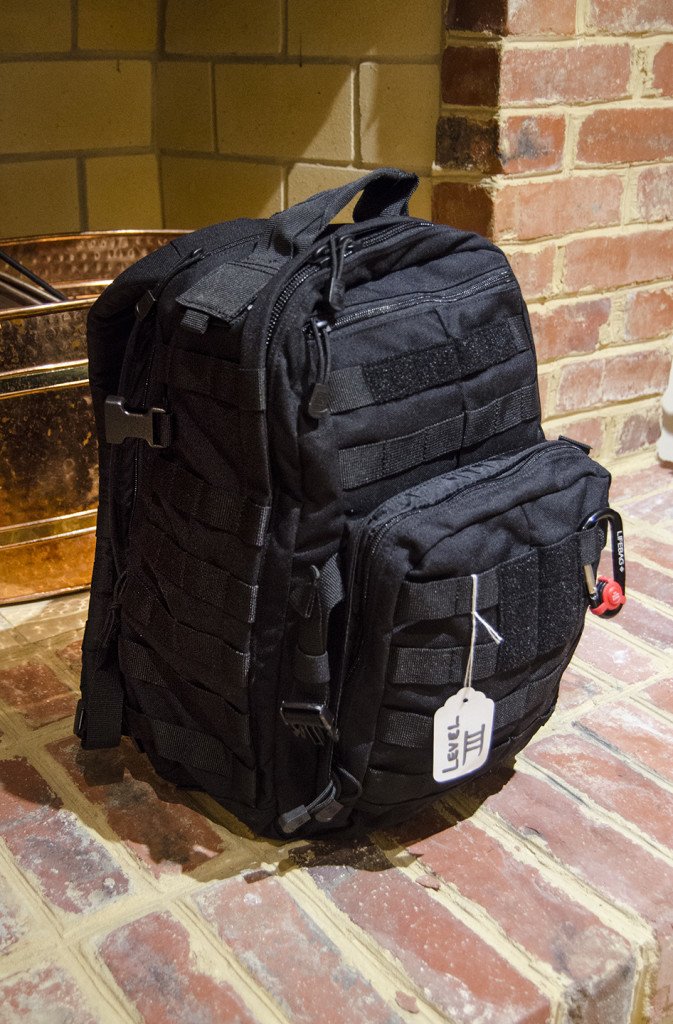
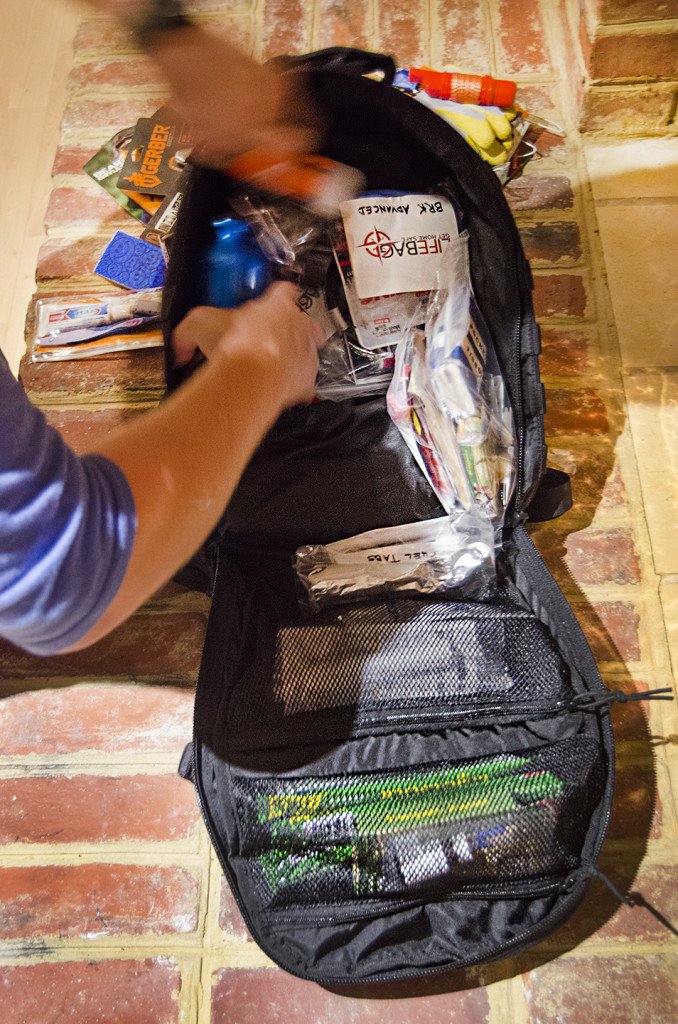
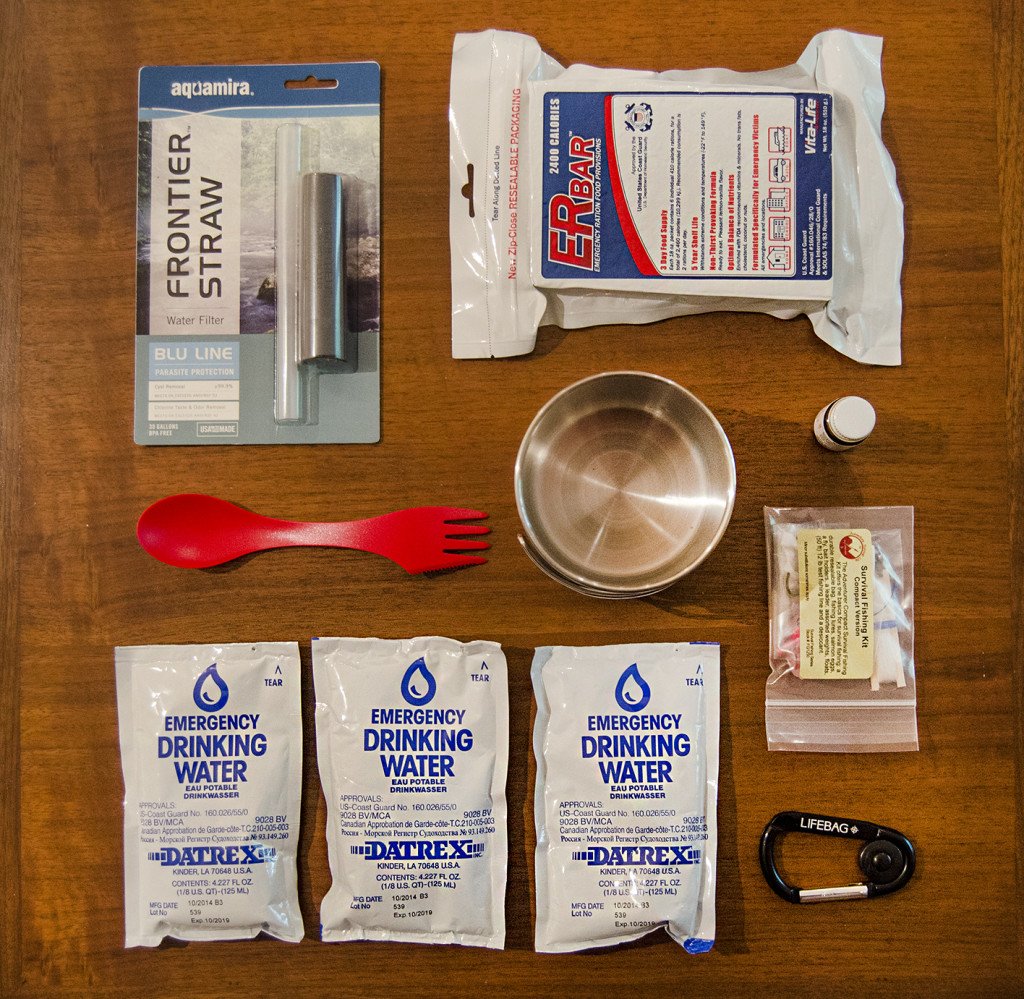
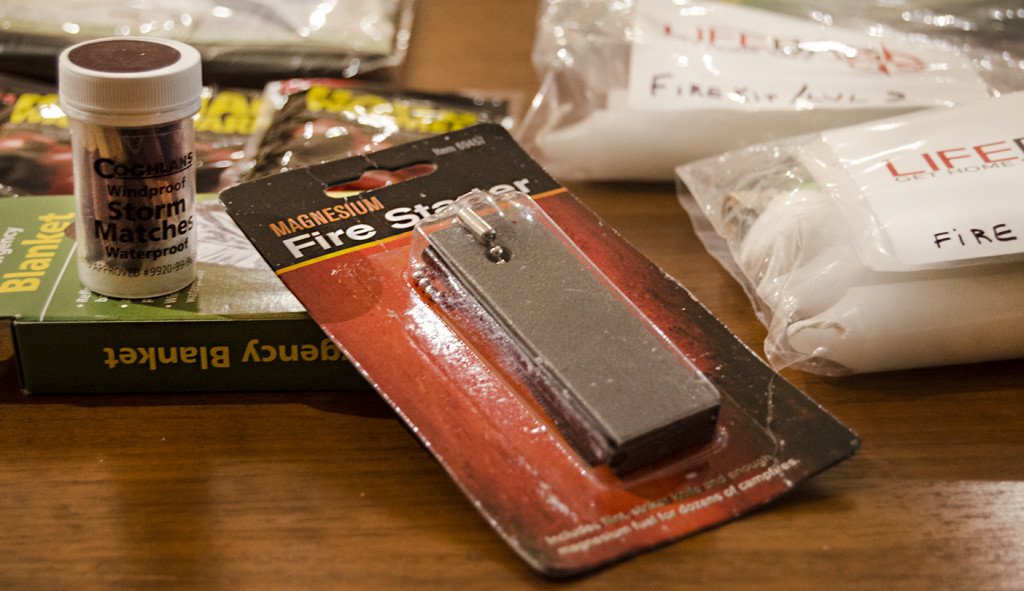
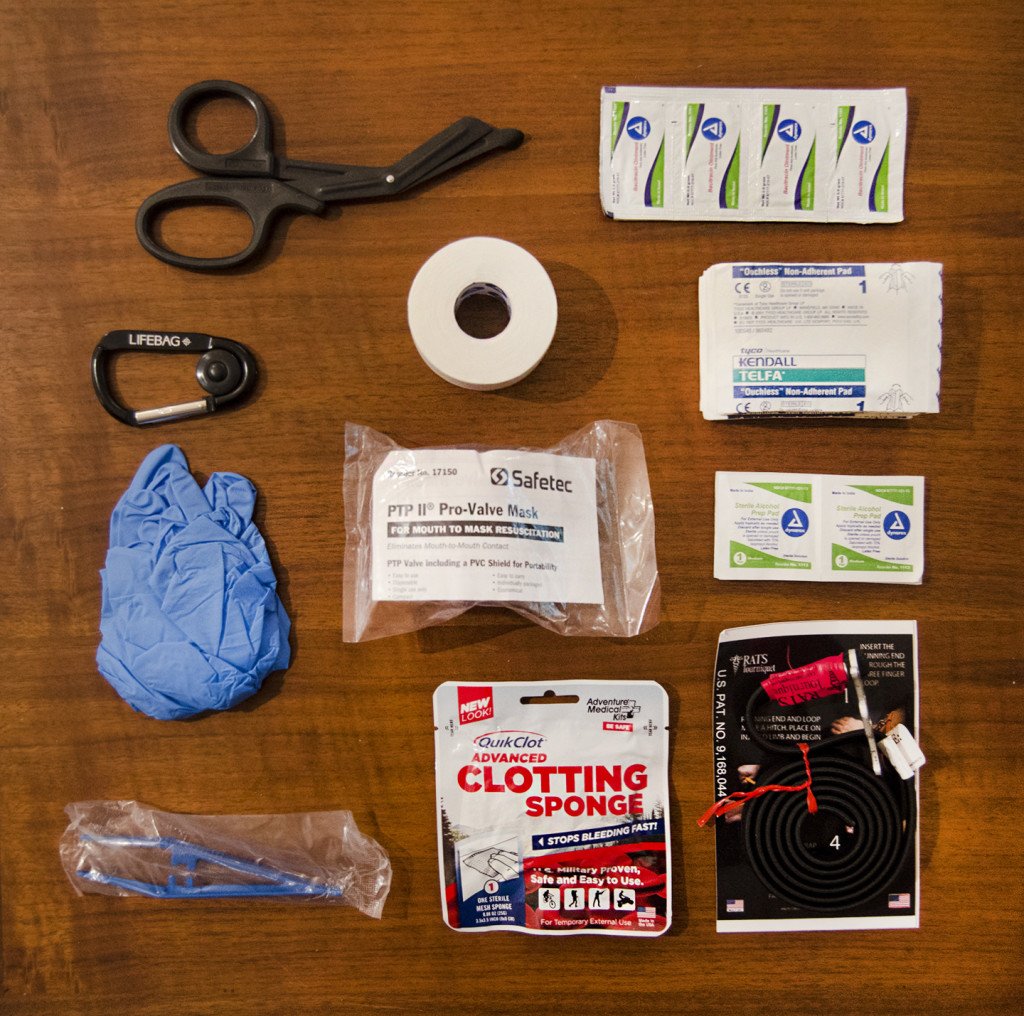
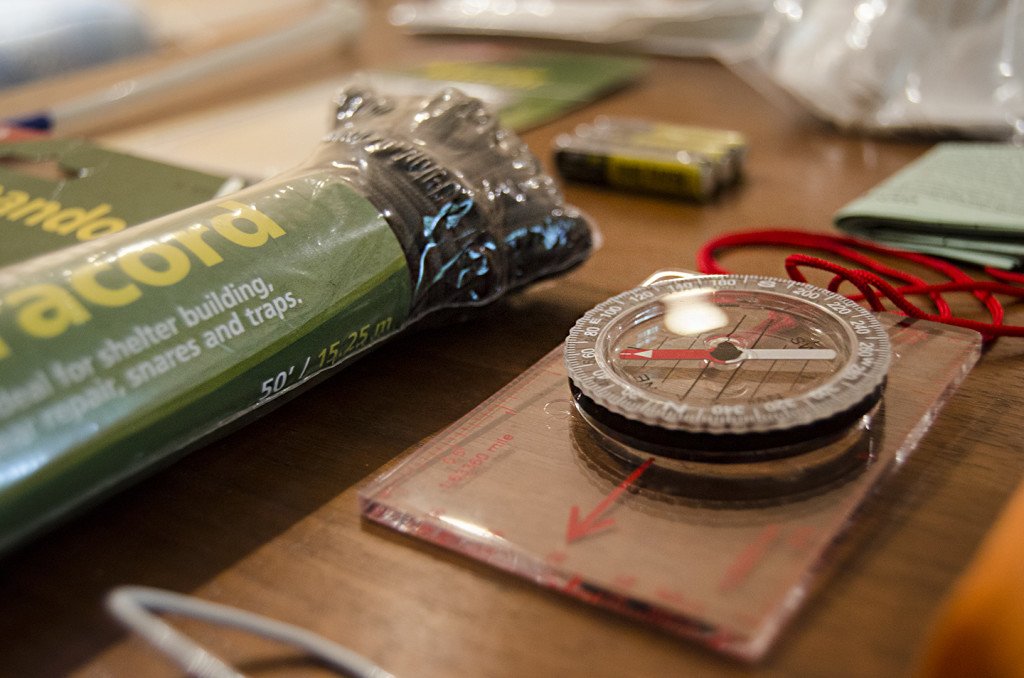
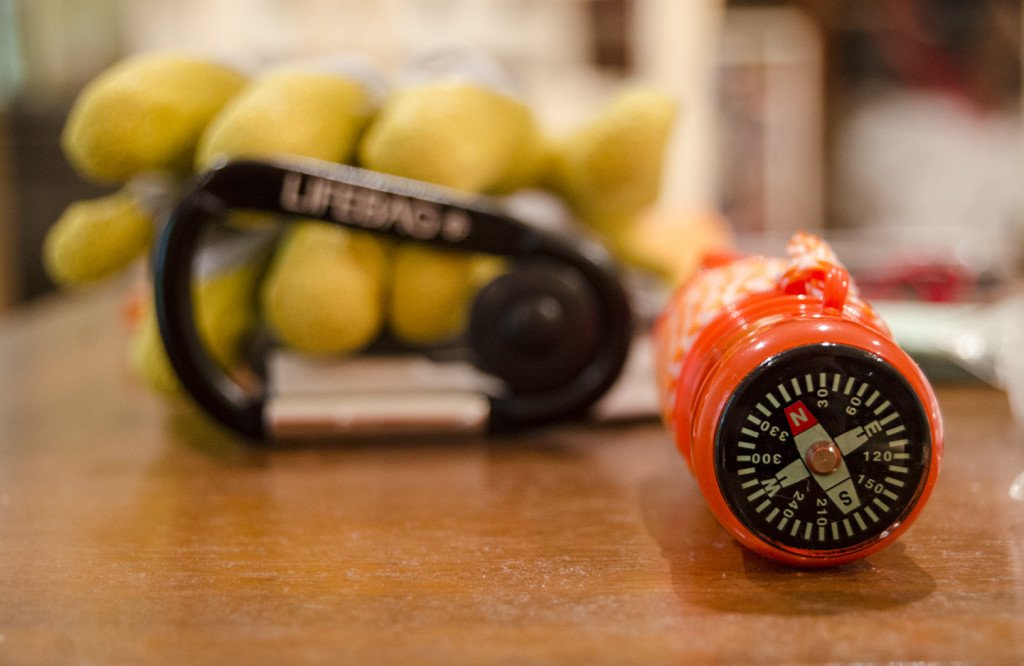
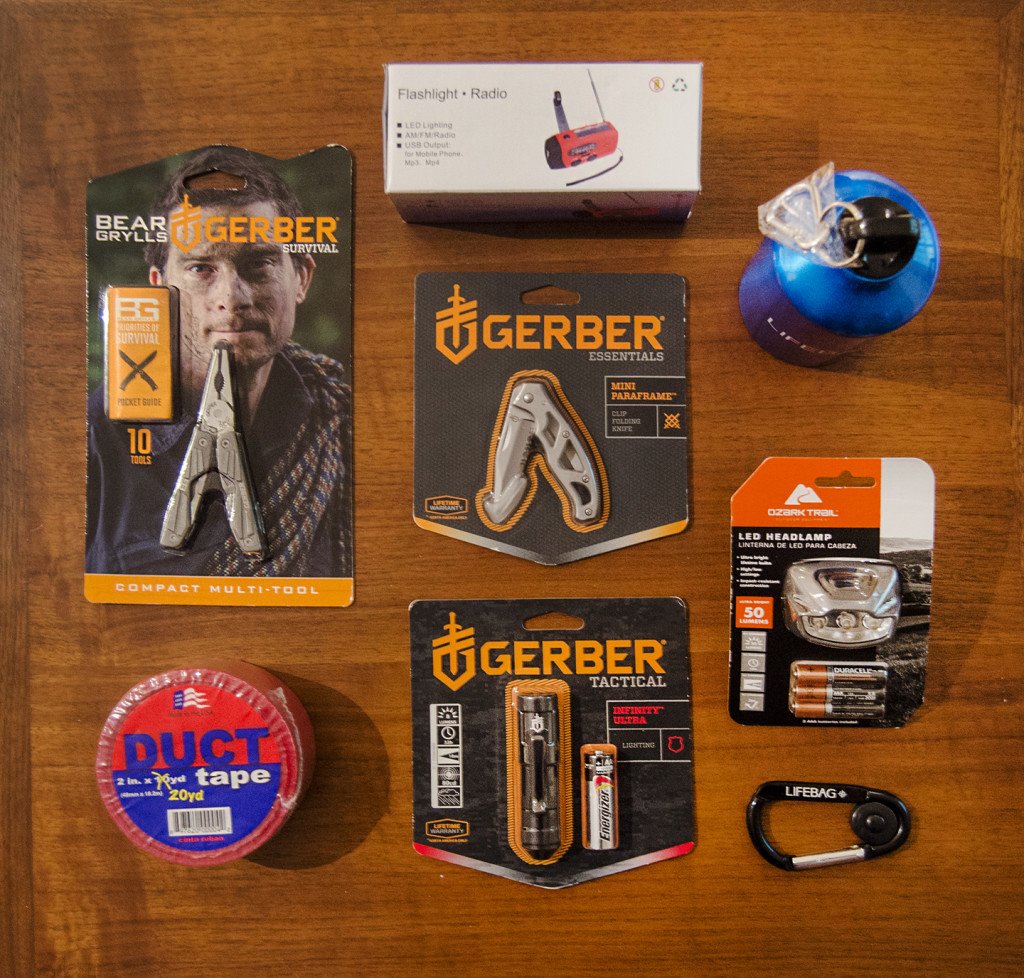
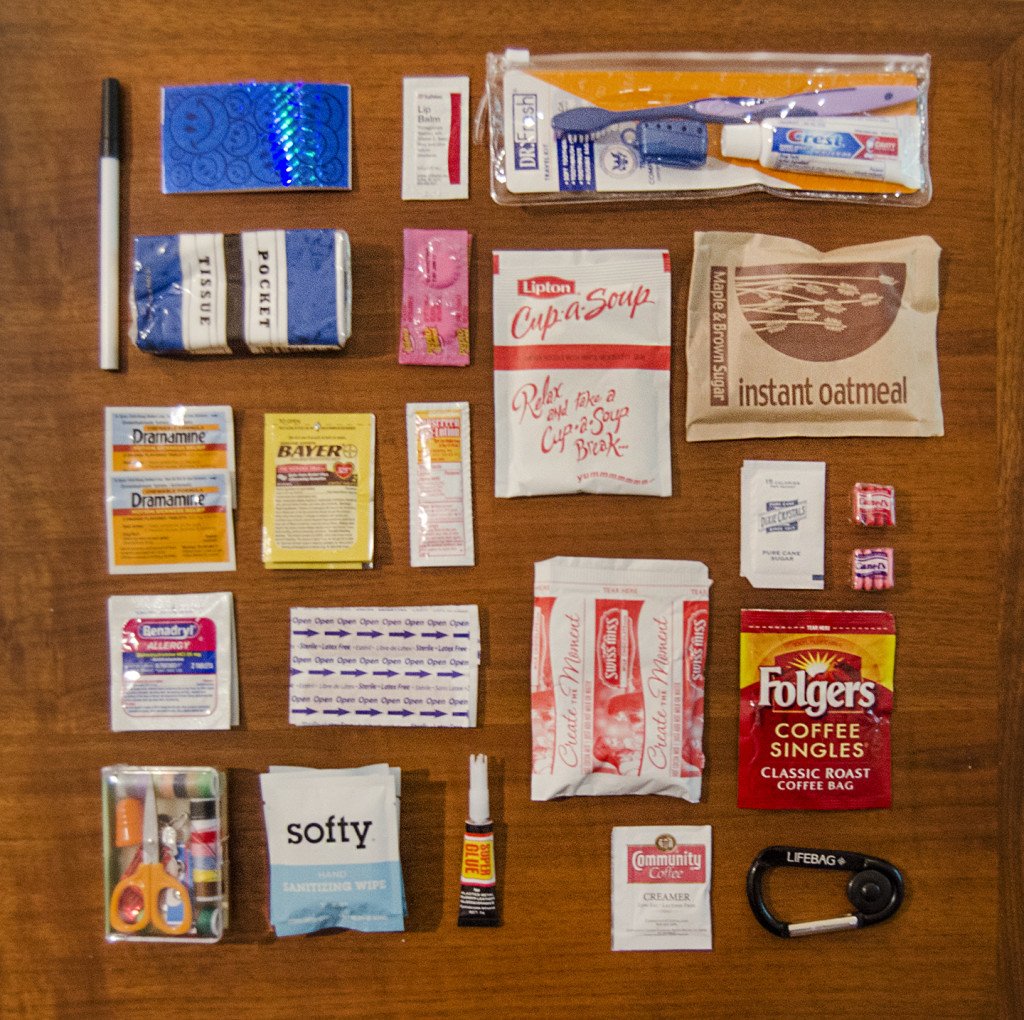
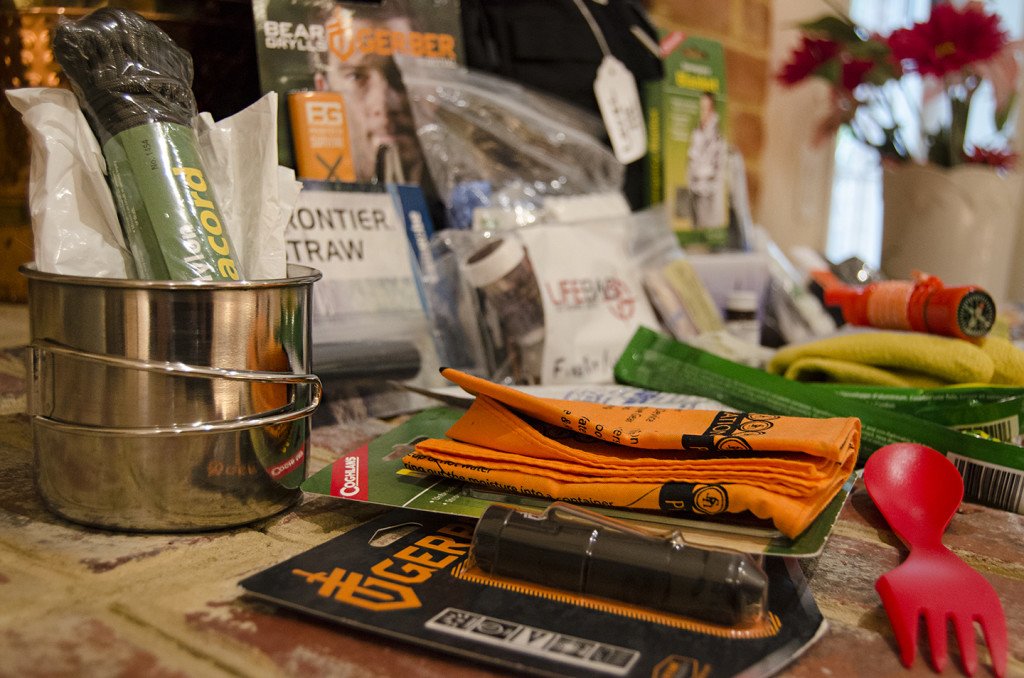
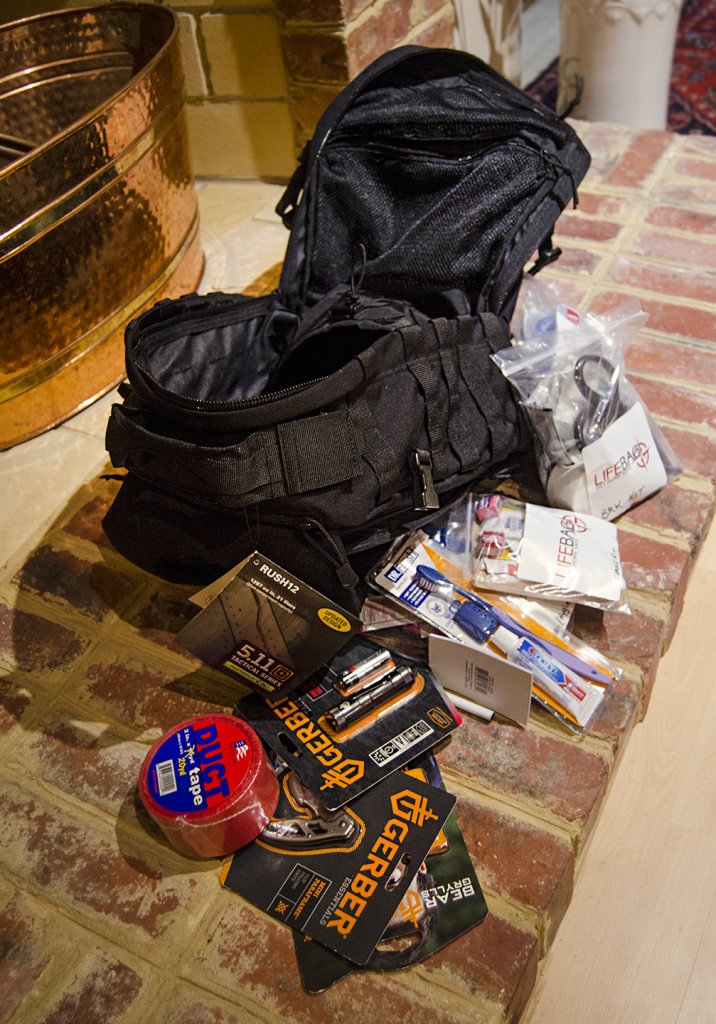

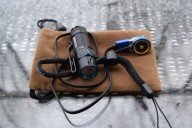


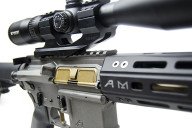
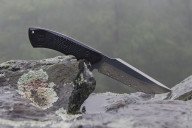
No Comments